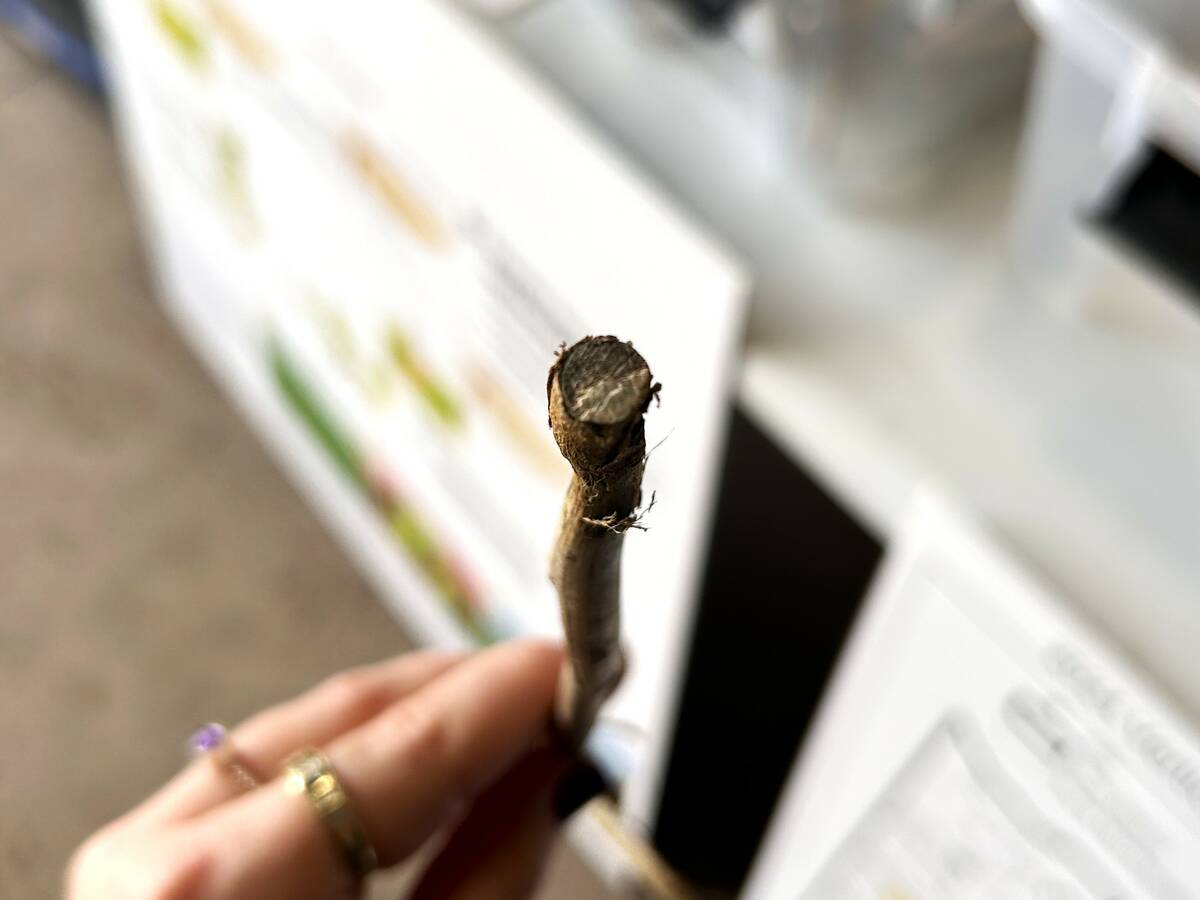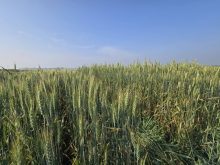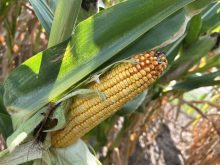Progress is being made in flax genetic research, according to a Saskatchewan researcher in flax and chickpeas.
Bunyamin Tar’an works at the University of Saskatchewan’s Crop Development Centre in Saskatoon. As part of the Diverse Field Crops Cluster (DFCC), he and his colleagues have been working on integrated approaches to improve flax varieties for Western Canadian farmers.
WHY IT MATTERS: Flax has struggled for acres in Western Canada, but recent tariff uncertainty for its fellow oilseed, canola, may be boosting 2025 interest in the crop.
Read Also

Manitoba canola embattled by verticillium
Verticillium stripe pressure has been growing in Manitoba, and canola farmers still have precious few tools to protect their crop from the disease.
The project has three main objectives, with the selection of brown and yellow flax seed varieties with improved yields and disease resistance being one main goalpost for the team. They have also been working to develop genomic selection models for targeted traits, as well as developing an indoor pasmo screening method.
That last one may be of particular interest for Manitoba producers, although flax area has taken a dive in the province in recent years. In 2024, Statistics Canada reported only 40,300 acres (16,300 hectares) of flax seeded in Manitoba. Between 2010-2015, Manitoba flax area averaged just under 136,700 acres (about 55,300 hectares).
Pasmo, a seed-bourne disease that can cause premature ripening and hit at flax yield and quality both in the case of the grain and the straw, is more of an issue in the wetter eastern Prairies. Infection can happen early in the season, but rates get worse with wet periods in late summer and fall, according to Manitoba Agriculture, and lodging increases the risk.
It’s also a disease without a lot of varietal resistance or management options, except for rotation and early seeding.
Flax research yields new genetics
Tar’an shared his findings so far at a DFCC research day in Saskatoon March 5. The renewed cluster is in its second year, and will be ending in 2028.
The cluster’s focus is diverse crop research on flax, camelina, carinata, mustard, and sunflower.
A major accomplishment for the flax project’s first objective has been the identification of four new lines with potential, two brown and two yellow. Those will be included in flax co-op trials this year.
The next trials will take place at 18 sites across Saskatchewan, Manitoba, and Alberta.
Tar’an said that they used eight parent line crosses to create populations with a lot of variability.
“I’m very excited to have a yellow seed,” he said. “Yellow seed flax has been kind of behind in the progress in genetics. From the yield, usually it’s not as high as brown seed. Now we have a couple lines that seem to be on par with the brown seed and above the check.”
Each line shows strong yield potential, disease resistance and a maintenance of good oil quality, Tar’an said.
One variety from the research has been approved for registration. It’s official name is FP2608, and the researcher noted that it has shown strong yields in the short Prairie growing season.
Genomic selection
For the genomic selection research, a training population with core connections and new breeding lines was created. The lines were genetically characterized, had species-specific data characterized and included sampled data from 99 selected lines.
The team was able to create markers in the system to help select targeted traits that can be utilized in fostering resistance against diseases such as pasmo, fusarium wilt and powdery mildew. So far, the system has an accuracy of about 78 per cent when predicting potential yield and disease resistance of a line. Accuracy and trait information will improve as more data is updated, Tar’an said.
The work should not be confused with either gene editing or genetic modification, he added. It’s meant as a resource for breeders to use in conventional breeding, to help better choose which of their available lines would be best to cross for their next generation, given a particular goal.

Seeking out pasmo
When it came to indoor pasmo screening, creativity while sticking to the basics was key.
Tar’an and his team want to help catch the disease earlier. Pasmo doesn’t show up until maturity, near the end of the season. The team hopes their indoor method will both improve diagnosis and testing efficiency.
To test their methods, the team utilized speed breeding to have plants available at all growth stages for disease monitoring.
“With speed breeding, we expose the plants to high temperature, (and) 22 hours of daylight, so then (it) forces the plant quickly into a flowering state … the end goal here is (to see) can we do the screening at the seedling stage,” Tar’an said.
The process continues to show success and Tar’an is hopeful that mixing basic pathology with breeding techniques will ultimately prove a winning combination for pasmo screening.
Making flax harvest easier
Another project Tar’an has been working on, is redesigning the plant structure of flax for better harvestability and seed production.
Tough, fibrous stalks make flax a notorious harvest headache for producers. But Tar’an has a vision of a future flax variety that produces more bolls while also having weaker, more easily cut fibre in the stem.
To achieve that, he’s been crossing today’s species of flax with its wild ancestor, Linum bienne.
His trials have some reason for optimism. He’s now seeing a flax crop that’s shorter, with more branches and flowers.
















